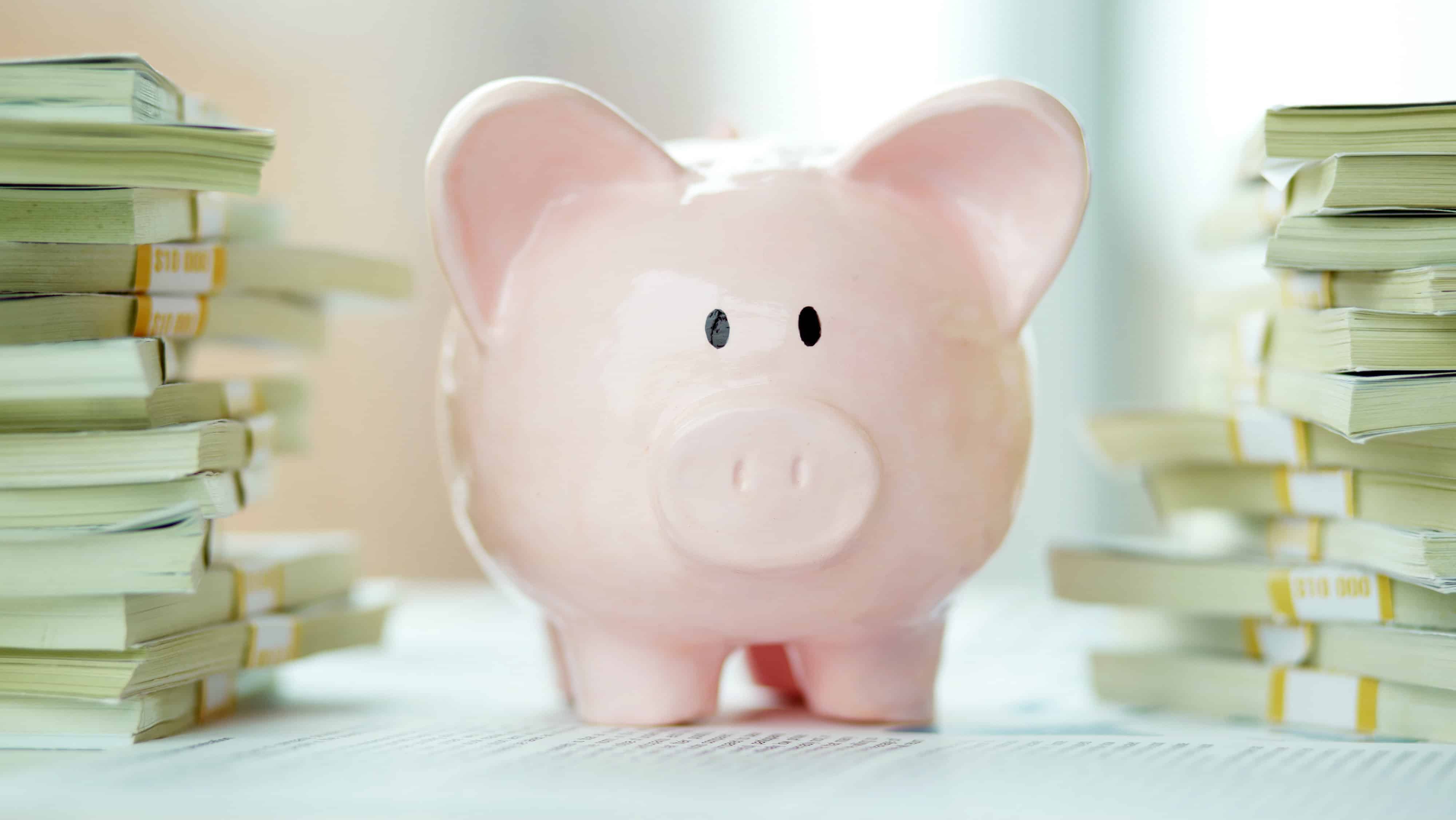A recent poll done by Canadian Imperial Bank of Commerce (TSX:CM)(NYSE:CM) indicated that nearly a third of Canadians that were between 45 and 64 had no savings at all for retirement. Those polled also estimated that on average $756,000 in personal savings would be needed for retirement. It’s a troubling shortfall for those that have no retirement, and those at the tail end of that demographic will likely have to keep on working, but those with a couple of decades to go still have options.
I’ll look at how you could accumulate $1,000,000, and just how much in savings you’d need to accumulate if you were starting from $0.
If you’re in the worst-case scenario and have nothing saved up, you can always start, assuming you have time. If you have a long investment timeline, then in the long run, I believe you’d be better off with stocks rather than bonds, simply because you have the ability to earn dividend income as well as benefit from capital appreciation. While there is certainly the risk of a crash, like what we saw in 2008-2009, consider that the TSX’s returns in the past 10 years have been 15%, and that includes that recent crisis. The TSX was just under $13,000 when the crash hit, and surprisingly enough, it only took about two years for the market to get back to where it was before the downturn.
What does this tell us?
Although stocks are risky on their own, if you have a balanced, blue-chip portfolio, then over the long term, you can expect to earn positive returns. Even a modest 2% growth every year would increase your investment by nearly 50% in 20 years. A 2% return is nothing to get excited about and would likely only match inflation, but it puts into perspective how even a small return can compound into a larger one. By comparison, the CIBC’s own stock has averaged a return of 5.6% in the past 10 years, and at that rate your savings could tripled in 20 years.
How to get to $1,000,000
Certainly, the longer you have to save, the easier it will be to get to $1,000,000.
For instance, if you’re 25, then you would need to save a little more than $5,000 for the next 40 years to get you to $1,000,000 by the time you hit 65, assuming you buy shares of a dividend stock that pays 4% a year and averages returns of 5.6%. The capital appreciation over that time, assuming it proves to be consistent, could net you as much as $500,000. If you throw in a 4% dividend, you have another $294,000 to go along with your investment of $200,000, which, combined with the capital appreciation, would result in your portfolio hitting right around $1,000,000.
By comparison, if you’re 45, that same strategy would net you just $231,000 by retirement. In order to make up for the lost time, you would need to put away nearly $22,000 every year to meet that same target. One way to accelerate that would be to invest in dividend-growth stocks like CIBC that grow their payouts over time. A more aggressive and risky strategy would be to invest in stocks that focus on growth and don’t pay any dividends.
Bottom line
It all comes down to savings, and the more you can put away each month, the better off you’ll be. This is just a quick overview and doesn’t factor in taxes or any other considerations, and you should seek a financial professional’s advice if you’re looking for a detailed plan for retirement.








